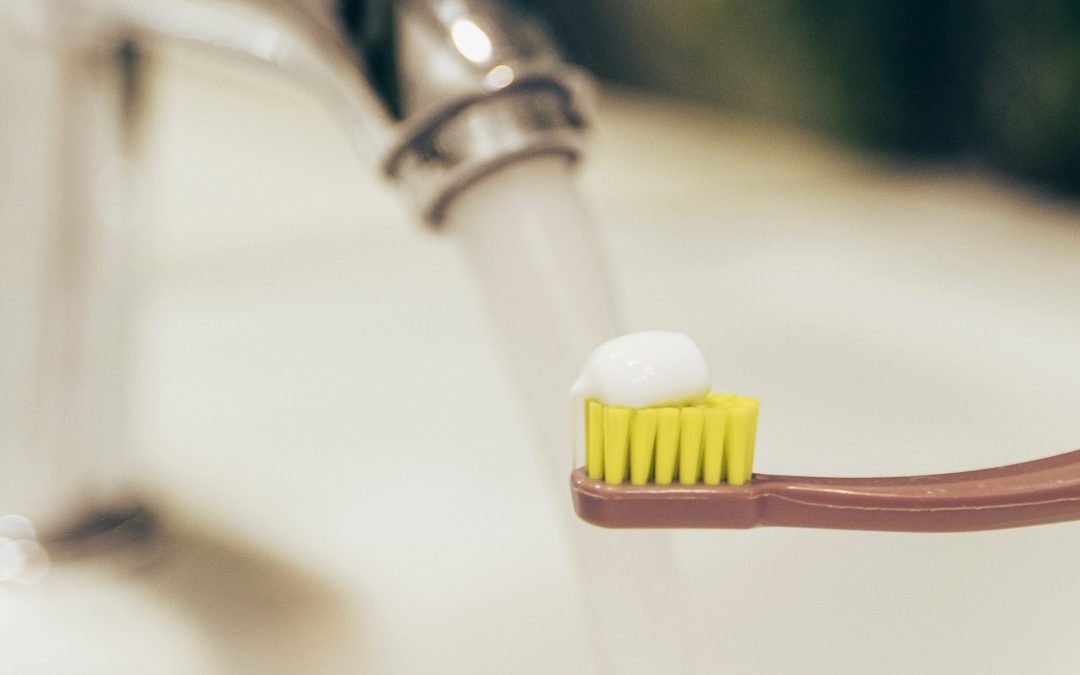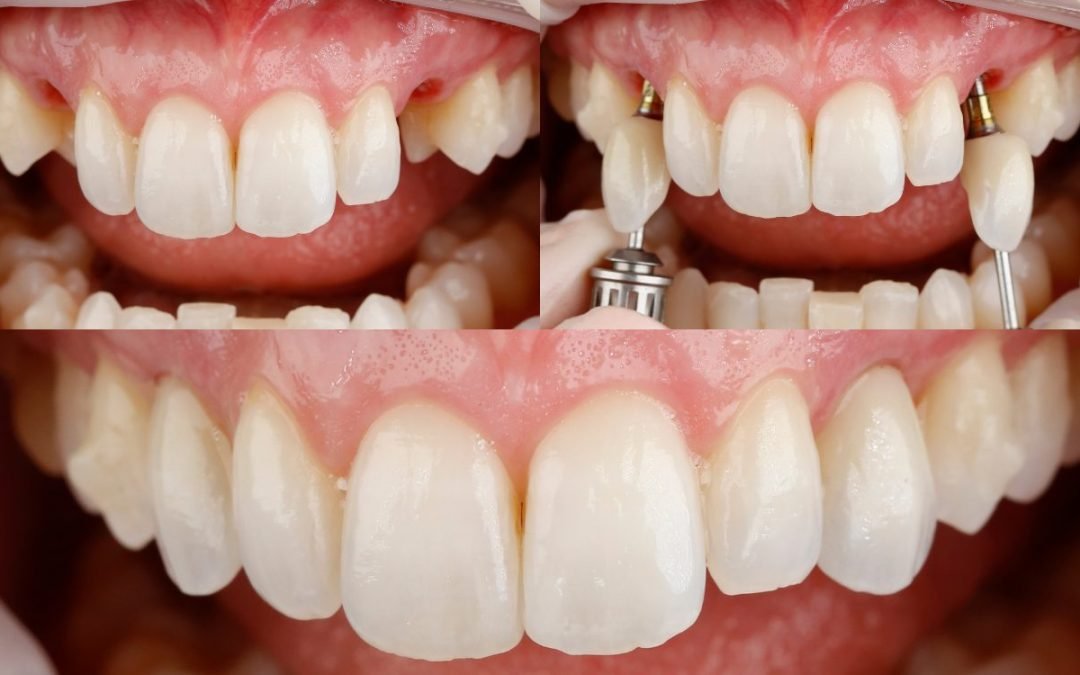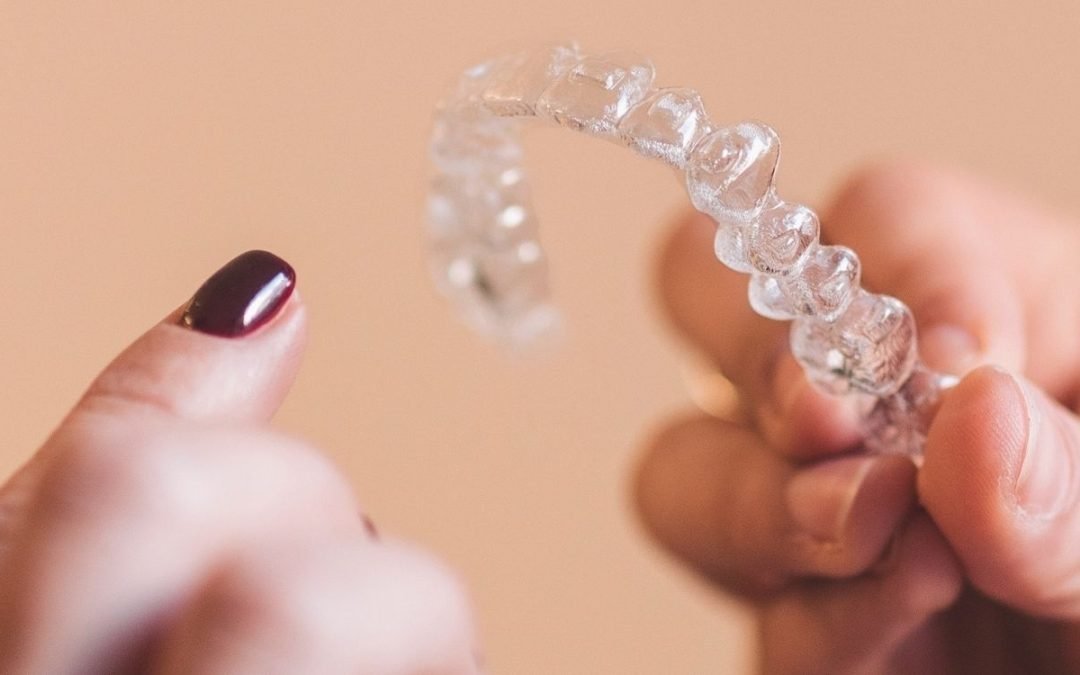An abscess in the mouth is a localised infection, usually formed by pus, that develops within the facial tissues. This condition can affect anyone, regardless of age or gender, and can vary in severity from cases that are minor and self-limiting to more serious situations that require immediate medical attention.
The dentist or dermatologist (depending on the origin of the infection) are the best professionals to understand the causes, symptoms and possible treatments that can be carried out in order to resolve the problem. In this article, we’ll explore these aspects in more detail, providing relevant information on what a facial abscess is, its causes, symptoms, diagnosis, treatment and prevention.
What are the main symptoms of a tooth abscess?
The symptoms of a tooth abscess can vary depending on the severity of the infection. These are some of the most common:
1 – Severe pain: Pain is one of the most common symptoms of a tooth abscess. It is usually a pulsating, continuous pain, which can worsen when chewing or touching the affected tooth.
2 – Facial swelling: Swelling in the affected area, such as the cheek or the area near the infected tooth. The swelling may be accompanied by redness and sensitivity to touch.
3 – Sensitivity to heat and cold: It is normal to experience tooth sensitivity to hot or cold food or drink. This sensitivity occurs due to the irritation of the dental nerves.
4 – Unpleasant taste in the mouth: In some cases, there may be an unpleasant or bitter taste in the mouth. This is due to the presence of pus or bacteria associated with the abscess.
5 – Persistent bad breath: The bacterial infection in the tooth abscess can lead to persistent bad breath, even after brushing and using mouthwash.
6 – Difficulty swallowing or opening the mouth: If the infection spreads to the throat area, there may be difficulty swallowing food or opening the mouth fully.
7 – Fever: In more serious cases, especially when the infection spreads beyond the affected tooth,you may experience a low to moderate fever.
Do all infected teeth hurt?
There are infections that can develop silently in our bodies, and our oral cavity is no exception.
Sometimes we have teeth that may or may not have already been treated and develop this type of silent infection. They are called chronic abscesses and are associated with teeth that lack vitality, spontaneous tooth necrosis (death of the tooth) or reinfection of a tooth that has previously undergone endodontic treatment (devitalised tooth).
Although they don’t show symptoms, chronic abscesses are similar to an infected wound that never heals and lead to an overload of the immune system, destruction of the tissues surrounding the tooth (gums and bone) and can also spread to other structures in the body.
Generally, the infection is resolved with endodontic treatment on the infected tooth, in the case of spontaneous necrosis. In devitalised teeth, where endodontic treatment is no longer suitable, it is necessary to carry out an endodontic retreatment.
Is it necessary to extract a tooth due to an abscess?
In the most severe cases, surgery or tooth extraction may be necessary.
This type of infection can be detected in two ways: either on X-rays taken by your dentist during routine check-ups, or by the appearance of a pimple that you can easily identify.
There are certain preventative measures that can help prevent a facial abscess from developing, such as maintaining good facial hygiene, avoiding squeezing or touching skin lesions and maintaining a healthy immune system.
How to check for an abscess at home?
We advise you to have your oral cavity checked at least once a week. After brushing your teeth, spread your lips and cheeks apart so that you can see all of your gums. If you notice a small pimple above a tooth, you should consult your doctor so that it can be treated as soon as possible and prevent infection.






